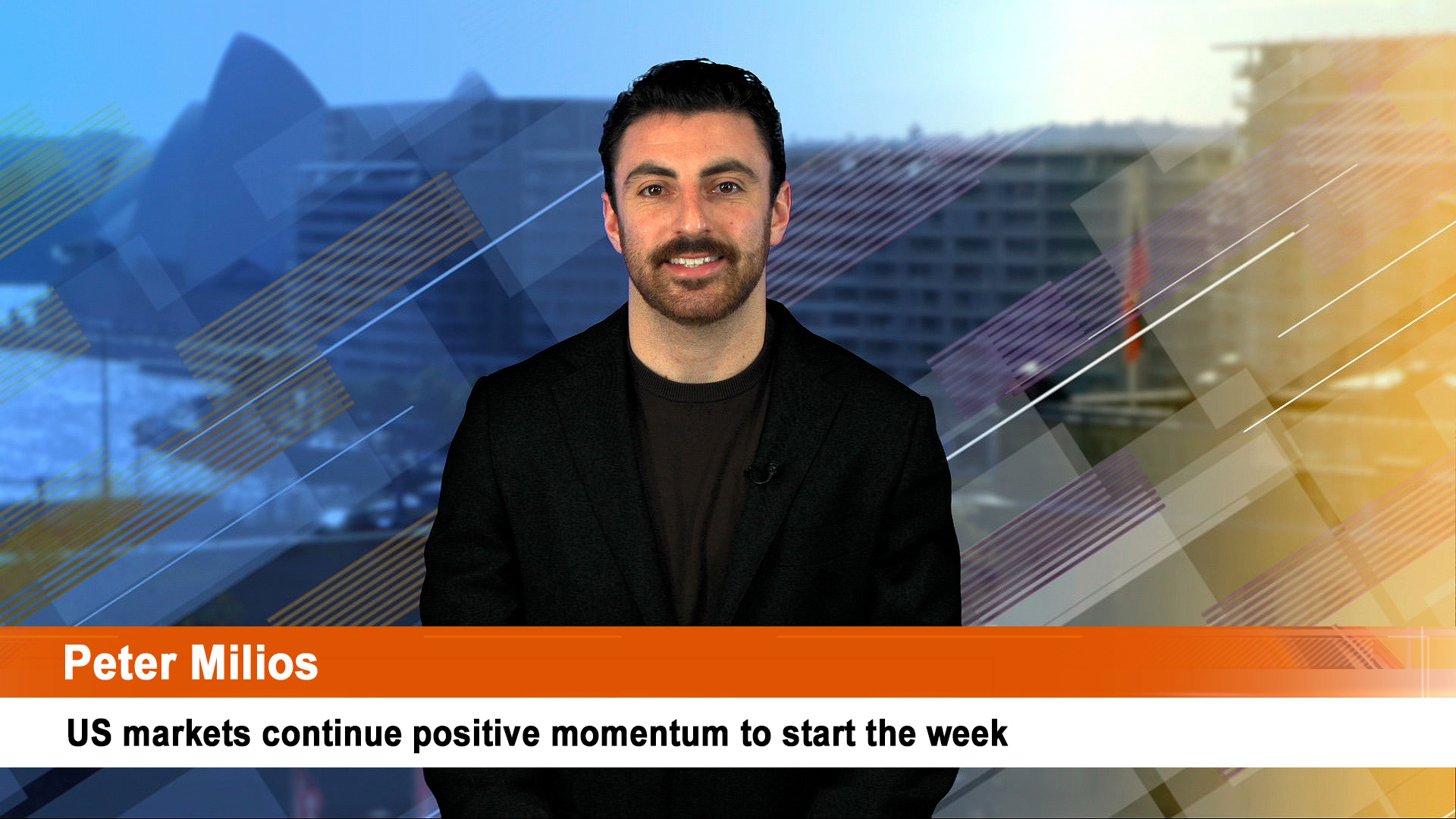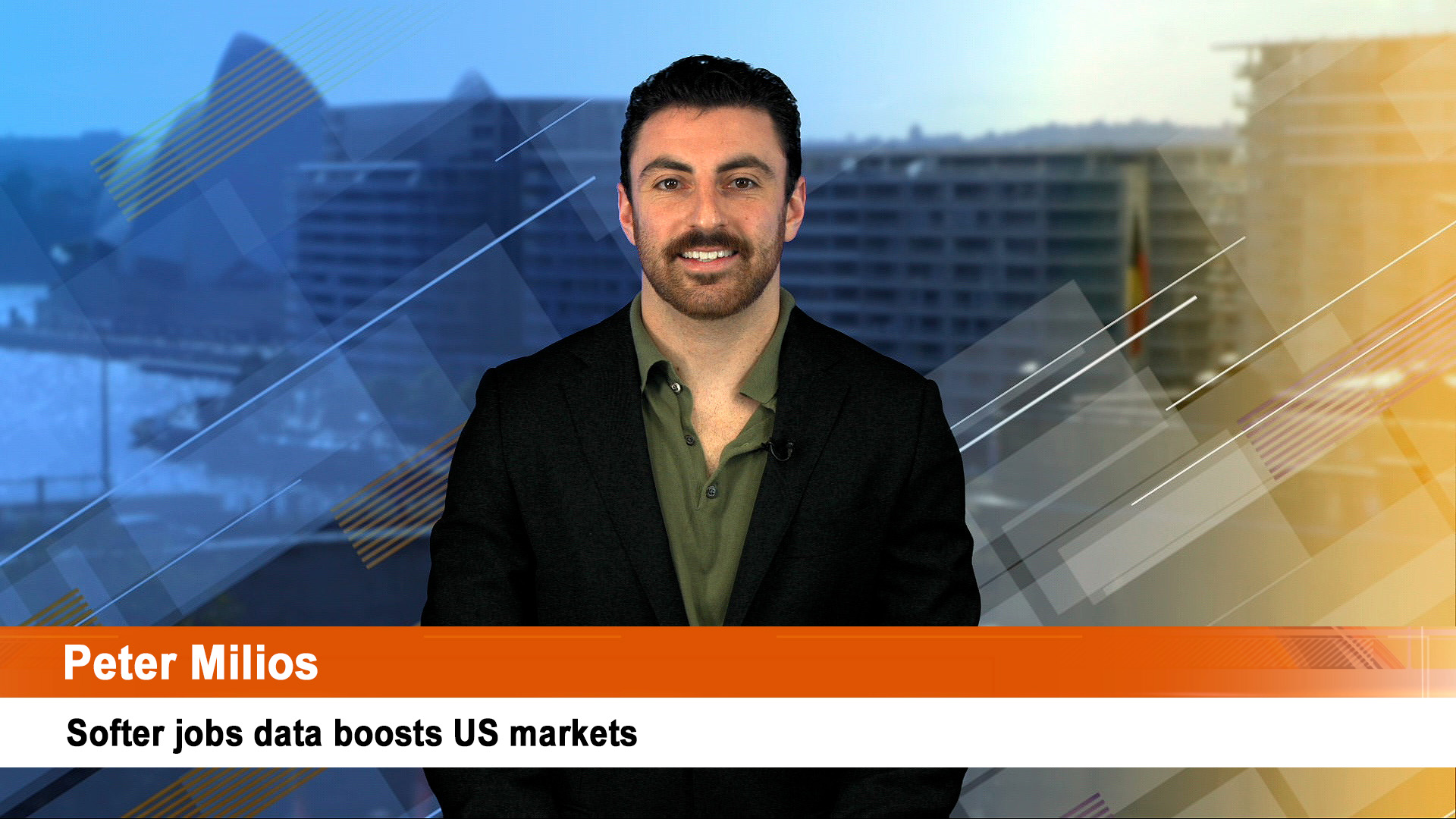An eventful 4th quarter and 2022 financial / operating report from Netflix confirmed the continuing evolution of the streaming giant towards an old-style TV media company with a greater concentration on maximising revenue (and cash flow and earnings) than just attracting driving subscriber growth and making more content.
The quarterly report though wasn’t without a major surprise though as co-founder Reed Hastings revealed he is stepping down as chief executive to become executive chair of Netflix.
He founded Netflix the company 25 years ago in 1977 with Marc Randolph who retired in 2002.
Greg Peters, who was previously Netflix’s Chief Operating Officer (COO), has been promoted to the role, shared with Ted Sarandos.
Sarandos was promoted to co-CEO with Hastings in mid- 2020.
The management news though was overshadowed by a strong surge in new subscribers in the final three months of the year as the company started a cheaper, advertising supported stream.
That seems to have had no impact on the strong growth in new customers as Netflix added more than 7.7 million subscribers in the final quarter.
The company though didn’t give a subscriber forecast for the current 2023 first quarter except to give a strong hint that the company expects a small fall given all the factors at play.
That confirmed the change in approach by the company that brought streaming video to the forefront of media and entertainment globally and took advantage of the Covid pandemic and lockdowns to surge ahead.
Now it will become more focused on revenue growth (the ad supported cheaper stream idea is part of that, as is the move to stop password sharing which Netflix says affects around 100 million of its 231 million subscribers).
Netflix shares had fallen 3.3% in regular trading but reversed that and then some to trade up more than 6% in after-hours dealings on Thursday.
That was more to do with the strong beat on subscriber growth in the quarter – the 7.7 million actual figure easily topped the company forecast of 4.5 million.
It was also closer to the 8.2 million added in the final quarter of 2021 than any analyst had forecast. Wall Street had predicted an extra 4.57 million subscribers.
The company said it had 231 million subscribers globally at the end of 2022. That meant it added more than 9.1 million new subscribers across 2022 (10.1 million in the final six months) which included a loss of customers in the first six months of the year.
But 2023 is likely to see slower growth as Netflix tried to explain about why it is expecting a small fall in numbers to start the first quarter.
“As always, we strive for accuracy although the rollout of major new initiatives (paid sharing and ads) plus current uncertain macroeconomic environment leads to less-than-normal visibility.
“We forecast Q1’23 revenue growth of 4% (8% on a F/X neutral basis). We expect our F/X neutral revenue growth to be driven by a combination of year over year growth in average paid memberships and ARM. This translates into modest positive paid net adds in Q1 ‘23 (vs. paid net adds of -0.2M in Q1’22).
“Our expectation of fewer paid net adds in Q1’23 vs. Q4’22 is consistent with normal seasonality and factors in our strong member growth in Q4’22, which likely pulled forward some growth from Q1’23.”
Subscriber number forecasts from the company will stop from now on and figures will be given in quarterly reports on actual add or losses in the preceding three months.
Revenue came in at $US7.82 billion, a touch below Wall Street analysts’ consensus expectation for $US7.85 billion.
Netflix said it “delivered on the high end of our operating profit margin target for full year 2022, and we expect to increase our operating margin in 2023 vs. 2022.”
“For 2022, we finished with 231M paid memberships and generated $US32B of revenue, $US5.6B in operating income, $US2.0B of net cash from operating activities and $US1.6B of free cash flow (FCF). In 2023, we expect at least $3B of FCF, assuming no material swings in foreign exchange.”
The weak subscriber forecast and the start of the new add supported stream, plus the crackdown on password sharing will mean greater uncertainty in subscriber numbers, especially in Latin America (where the latter seems to have been a big problem).
“We expect to roll out paid sharing more broadly later in Q1’23. We anticipate that this will result in a very different quarterly paid net adds pattern in 2023, with paid net adds likely to be greater in Q2’23 than in Q1’23, Netflix said.
“From our experience in Latin America, we expect some cancel reaction in each market when we roll out paid sharing, which impacts near term member growth.
“But as borrower households begin to activate their own standalone accounts and extra member accounts are added, we expect to see improved overall revenue, which is our goal with all plan and pricing changes.”
And on the ad-supported stream (which is cheaper), no figures but words of encouragement from the company:
While it’s still early days for ads and we have lots to do (in particular better targeting and measurement), we are pleased with our progress to date across every dimension: member experience, value to advertisers, and incremental contribution to our business.
“Engagement, which is consistent with members on comparable ad-free plans, is better than what we had expected and we believe the lower price point is driving incremental membership growth. Also, as expected, we’ve seen very little switching from other plans.
“Overall the reaction to this launch from both consumers and advertisers has confirmed our belief that our ad-supported plan has strong unit economics (at minimum, in-line with or better than the comparable ad-free plan) and will generate incremental revenue and profit, though the impact on 2023 will be modest given that this will build slowly over time.
And for all those doom and gloom merchants, the latest quarterly and full year results and accounts confirm Netflix is now the most powerful business in global entertainment.
As the company explained: “Now that we are a decade into our original programming initiative and have successfully scaled it, we are past the most cash intensive phase of this buildout.”
“As a result, we believe we will now be generating sustained, positive annual free cash flow going forward. Assuming no material swings in F/X, we expect at least $3B of free cash flow for the full year 2023.”
And that’s driving the new approach to being a business rather than an aggressive disruptor.
The 2022 financial report confirms the worth of this new approach. Netflix spent $US19.1 billion on generating revenues of more than $US31 billion. That includes money on content, on technology, electricity, people, leases, rent which was up from $US17.33 billion in 2021.
But it ended 2022 with more cash – $US9.2 billion in cash and liquid securities ($US8.06 billion a year ago), no short-term debt ($US699 million a year earlier) and trimmed long term debt to $US14.3 billion from $US14.6 billion. Interest expense fell to $US706 million from $US765 million, despite rising interest rates.
It is now a fully-fledged old-fashioned business operating across all entertainment (it also didn’t break out any of the contributions or or data from its online gaming operations).
Rather than the Netflix in ’trouble’ troupe from some areas of the markets, the next year or two will see Netflix to buy ??? as some of its smaller, under-funded rivals abandon the business and look for help.
And while it is still growing, its profile will further resemble a cross between a linear commercial TV business and a linear Pay (Cable) TV operation – but offering thousands of viewing options to its hundreds of millions of customers every day.













